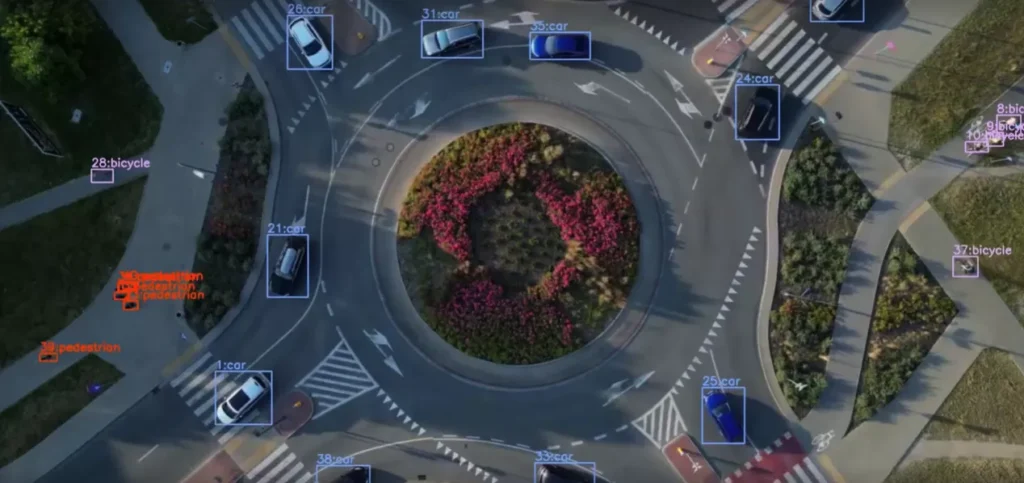
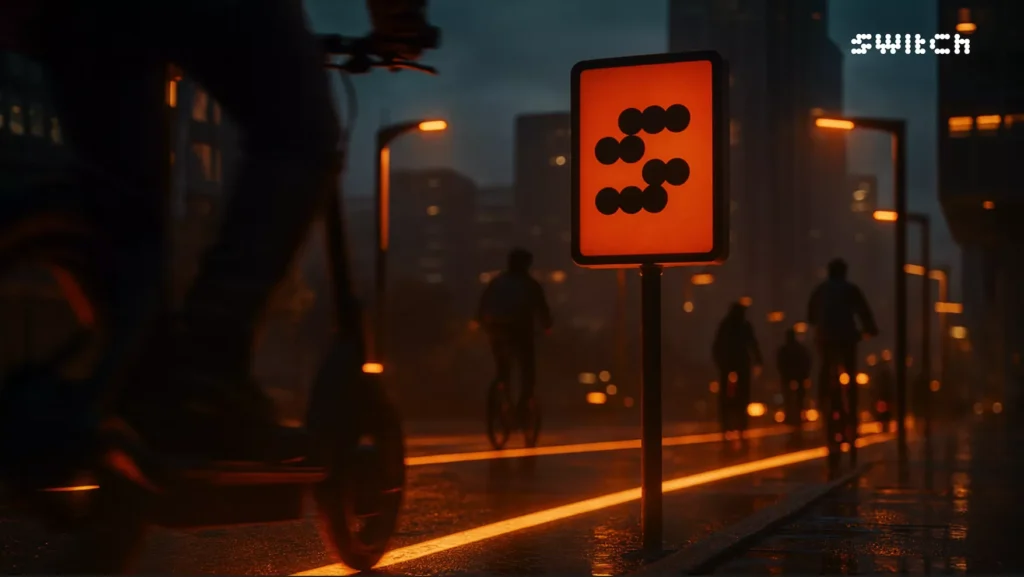
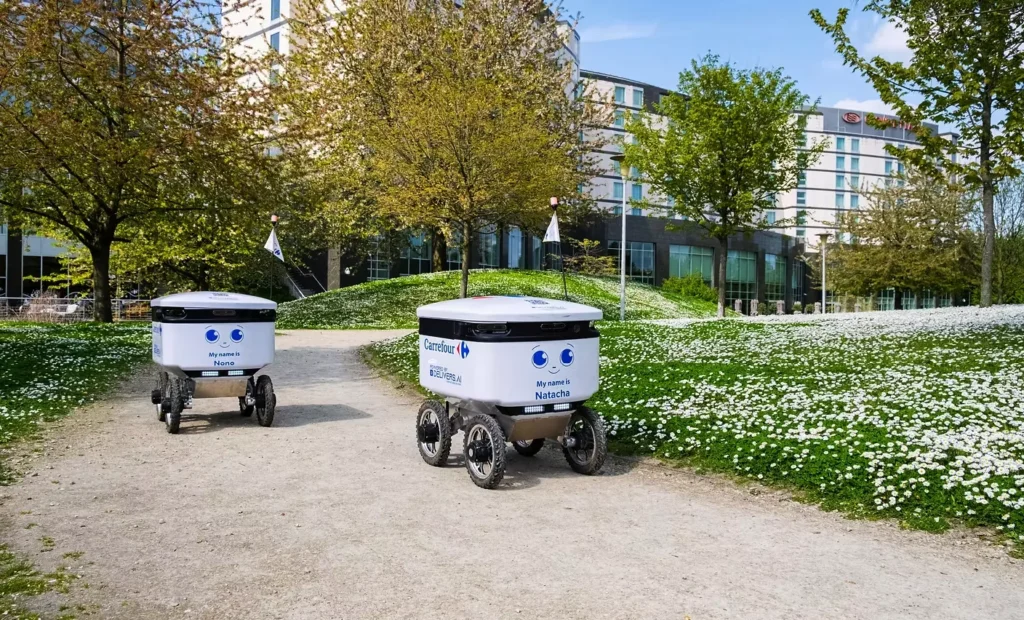
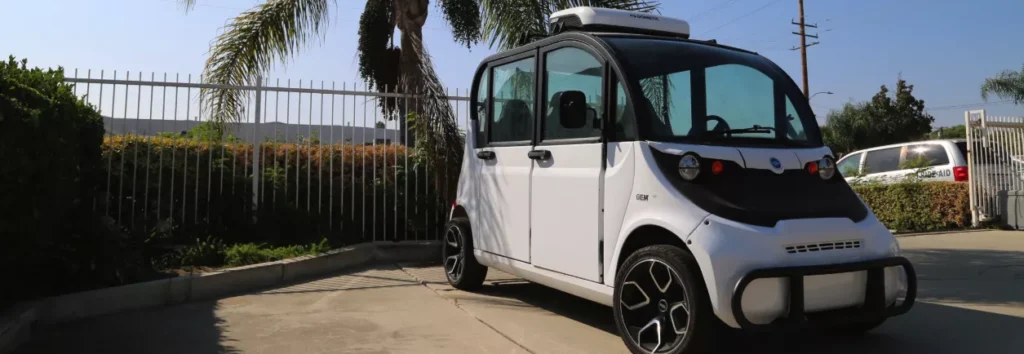
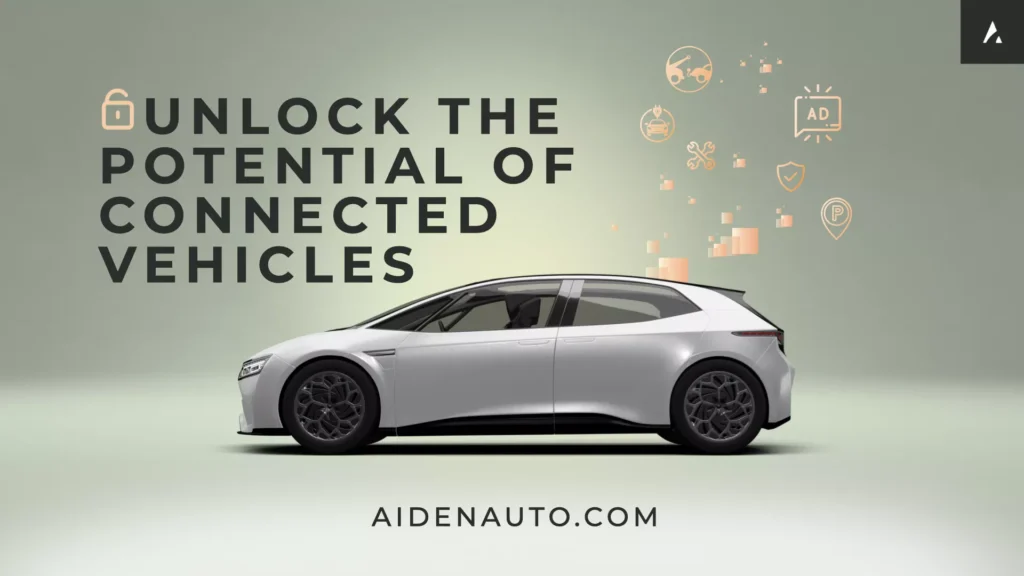





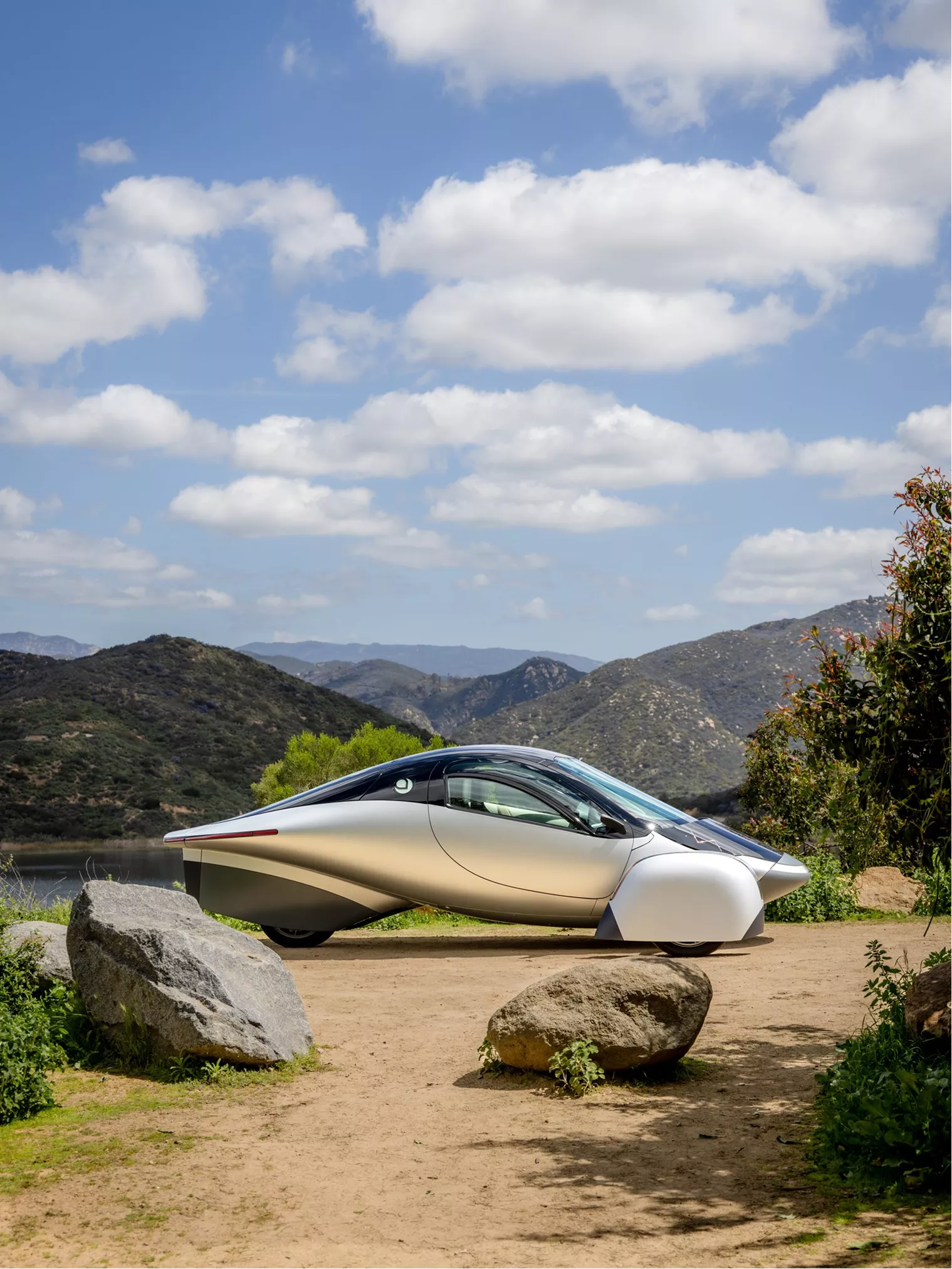
From EVs and batteries to autonomous vehicles and urban transport, we cover what actually matters. Delivered to your inbox weekly.
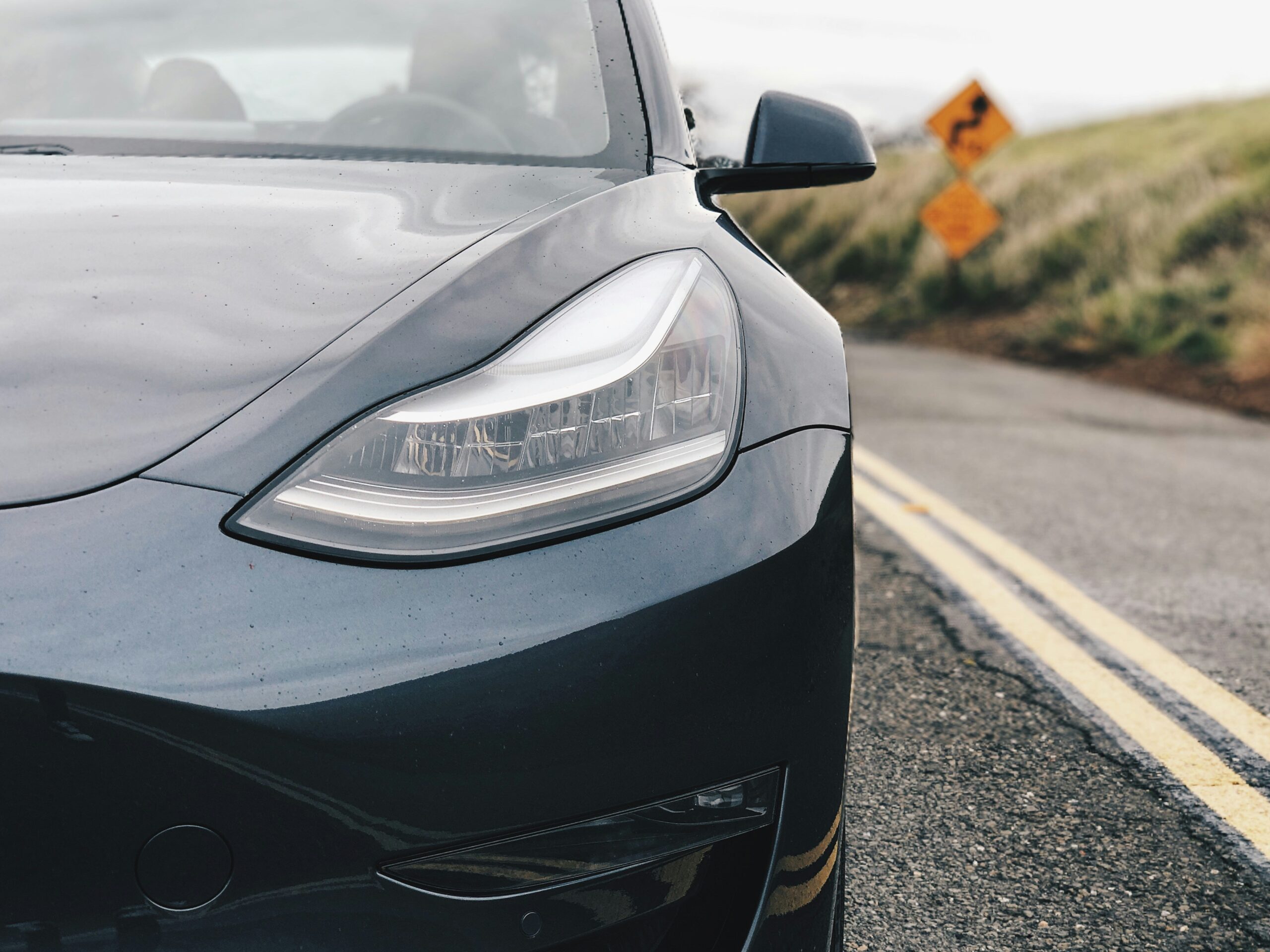
Citrus Heights is adding more EV charging options. New fast chargers are being installed at the Best Buy parking lot in the Birdcage shopping center. The site is just across Macy Plaza Drive from another recent installation, where chargers are already operating.
That location sits next to an empty Sears building, but drivers can still use the chargers. Together, these projects show California’s rapid progress in building charging networks ahead of the 2035 ban on new gas-powered cars.
At the Birdcage site, crews are installing several high-speed charging stalls. The location offers steady foot traffic, making it easy for drivers to plug in while shopping. Across the street, the Sears site has a similar setup that is already live. Even without an active retail tenant, the chargers are in use. This trend shows how EV infrastructure is starting to appear in underused commercial spaces.
State policy is helping these projects move faster. Assembly Bill 1236, passed in 2015, requires cities to streamline EV charger permitting. Assembly Bill 970, signed in 2021, goes further by setting deadlines and reducing delays. In places like Citrus Heights, these laws make it easier for developers to get approval, giving property owners more reasons to add chargers. The result is faster rollout and fewer roadblocks.
The activity in Citrus Heights highlights three trends:
California’s 2035 deadline may be years away, but work is already underway to prepare. Converting existing parking lots into high-use charging hubs is a cost-effective way to meet future demand. In suburbs like Citrus Heights, the shift from planning to action is already visible.